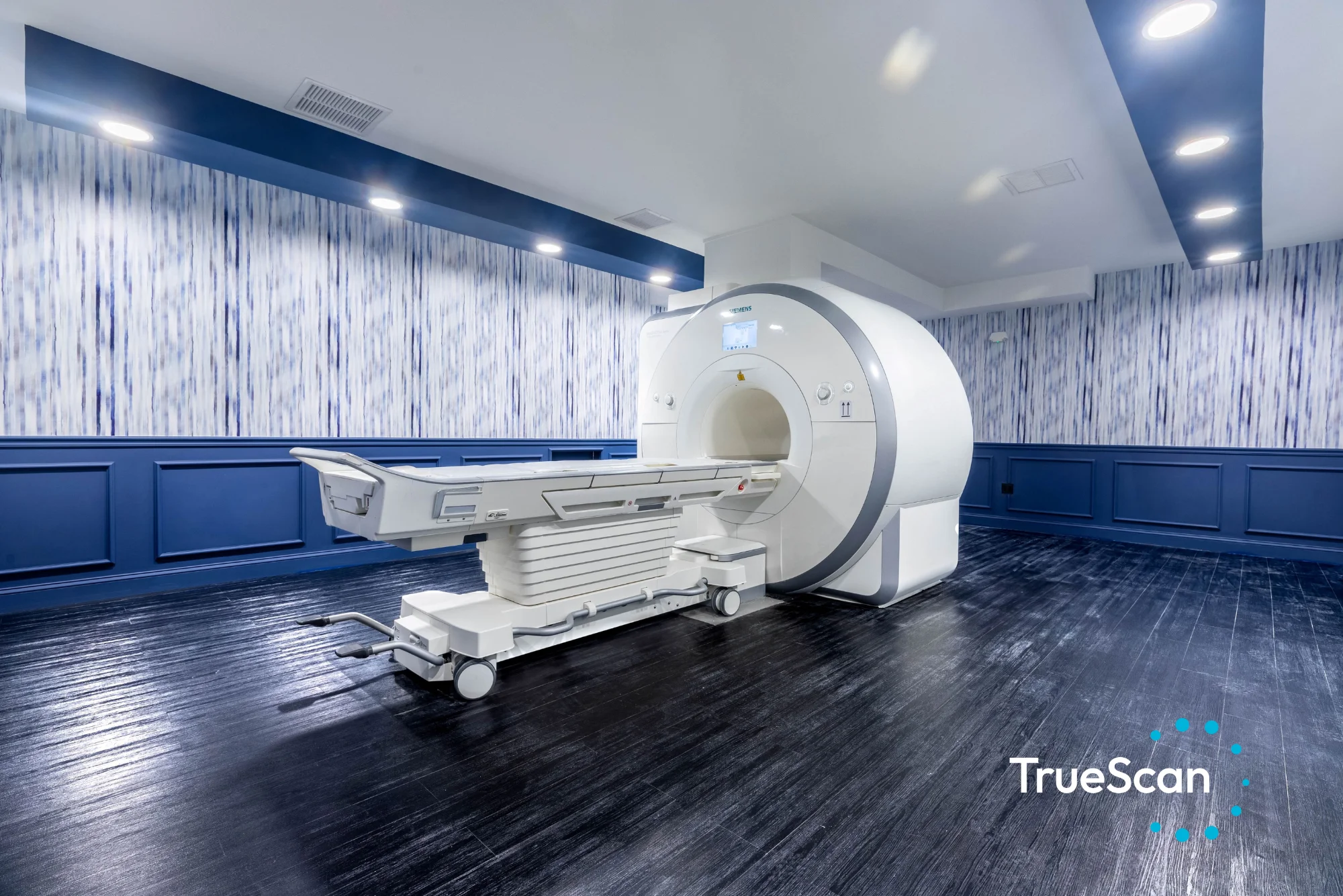
We all know how “life gets in the way” feels. In these busy, crazy, and demanding times, we fly in a zillion-and-half directions: get here, go there, start this, finish that, due date tomorrow, due date yesterday (sorry!), an inbox that won’t stop pinging, a code-red to-do list that won’t stop growing.
Life does indeed get in the way, even nudging us to delay the very things that should be a priority in our lives. This month, you’ll undoubtedly see more than a few pink-ribboned messages about the importance of screening for breast cancer, and for good reason: About 1 in 8 women will develop breast cancer at some point in their lives, and it’s the second most common cancer for women.
Because of these statistics, we know how vital it is to stay on top of regular screening. But it’s also something that can slip by, as life’s often frantic pace can make even the very best intentions accidentally take a back seat to things like “arrange family holiday photo.”
But that’s the very reason why annual screening needs to headline our to-do lists.
“For breast cancers that are caught early, there’s a 99-percent five-year survival rate,” says Ansley Dafnis, M.D., Griffin Concierge Medical board-certified family physician. “Catching things early is the big key there.”
We caught up with Dr. Dafnis to answer some of your most common questions when it comes to your breast health.
When should I start screening?
While you may see different guidelines that suggest starting mammograms at age 45 or 50, we do recommend most women start screening yearly at 40—and even earlier for women with certain risk factors, such as a family history or a strong genetic component.
I’ve seen different advice about self-exams. What do you recommend?
Monthly self-exams are no longer recommended by the American College of Obstetrics and Gynecology. Getting your recommended annual screenings are the best way to catch cancer early. Now, that doesn’t mean that you should only stick to annual check-ins. If you have had any problems, pain, or symptoms that you’re concerned about, you should talk to your doctor, because you may need an additional screening, even if you just had one within the last few months. About 10 percent of newly diagnosed breast cancers emerge in the window between screenings.
What does it mean to have dense breasts?
About 40 to 50 percent of women have dense breast tissue. Those women have an increased risk of developing breast cancer, and detection can be tricky because the density of the tissue makes cancer more difficult to detect. (Density, is measured on a four-point scale—A, B, C, and D, with C and D being classified as higher density.)
This is actually a very timely topic for a couple of reasons. The FDA is making some changes in the way we classify breast density on mammogram reports, and there are different ways we should consider screening women with dense breast tissue.
Dense breast tissue appears on a mammogram as bright white glandular tissue, and that’s the same appearance as cancers. I’ve heard it being described as “trying to find a snowball in a blizzard,” because dense tissue can obscure cancers, even ones that are quite large if a woman has very dense tissue.
What are newer screening options, other than mammograms?
While there are a few emerging techniques, some of them are not widely available yet. The two that we most often recommend to women, depending on their circumstances:
Breast MRI
Breast MRI screenings used to be quite cumbersome, but health centers and imaging facilities have developed a protocol that’s abbreviated; some call it a fast or a mini MRI. It’s about 10 minutes, compared to a typical 45-minute MRI. That makes a difference when it comes to cost, because these mini MRIs are a fraction of out-of-pocket costs than a full MRI. That’s important because most insurance companies won’t pay for additional screening outside of a mammogram. About 7 percent of women have extremely dense breast tissue—the highest density category on the scale—and these women should really consider having a breast MRI yearly.
Ultrasound with a mammogram
This technique for getting an image of breast tissue does enhance sensitivity for finding breast cancers, as it can help determine if an image is a fluid-filled cyst or a solid mass that may require additional testing. In women with dense breasts, about six or seven new cancer diagnoses are found for every 1,000 women using standard 3D mammograms. When you add an ultrasound, you find an additional two or three cases. (The breast MRI would add another six to seven diagnoses.)
Has there been any improvement in the waiting time for women who need additional screening and results?
With the addition of new screenings like the breast MRI, we’ve decreased the rate of false positives (though ultrasounds may increase it—and lead to more call-backs). As MRIs become more commonplace, we hope to decrease the time women wait between screening and results. But at this point, there’s still a bit of a waiting game, between the call-back, the scheduling, and getting the results. With a concierge practice, the advantage is that your results will be relayed to you promptly, so that can reduce wait times you might experience in a typical medical practice.
It’s obviously important to have regular screening to catch cancers early. What about when it comes to preventing breast cancer?
Breast cancers don’t deviate from the general recommendations for preventing cancers—no nicotine, moderation in alcohol, a clean diet with few processed foods. (Other problems with breasts, like cysts, are exacerbated by these things.)
Of course, a genetic component plays a role, so we may recommend you speak to your GCM physician about an enhanced genetic analysis offered by GCM to determine your risk and possible testing protocols.
Our GCM physicians can help you think about your total health picture, your genetic predispositions, additional screenings depending on your risk factors, and more when it comes to both preventing cancer and ensuring that you can detect any abnormalities as early as possible.




